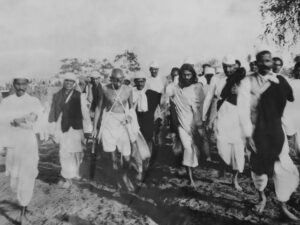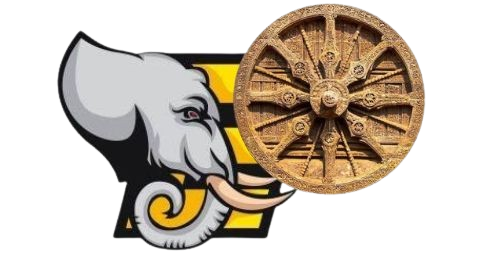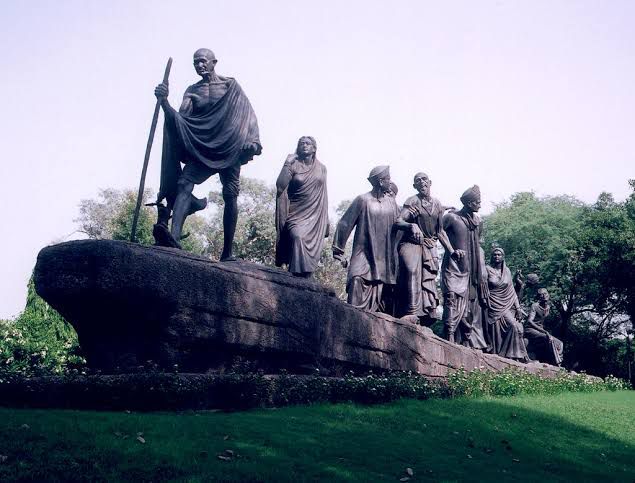Balasore’s Role in India’s Freedom Struggle
Balasore, a historic district in Odisha, played a significant role in India’s fight for independence. Known for its brave revolutionaries and mass movements against British rule, the district contributed immensely to the country’s freedom struggle. From early resistance against colonial rule to active participation in national movements, Balasore remained at the forefront of the independence movement.

Early Resistance Against British Rule
The colonial presence in Balasore dates back to the 17th century when European traders, including the British, established trade settlements in the region. Over time, British rule tightened its grip on Balasore, leading to widespread resentment among the people. The locals opposed heavy taxation, exploitation of resources, and oppressive laws imposed by the British.
One of the early signs of resistance was seen through uprisings by local rulers and zamindars, who refused to submit to British control. These rebellions, though suppressed, laid the foundation for future movements against colonial rule.
Participation in National Movements
Balasore actively participated in major national movements initiated by Mahatma Gandhi and other leaders. Some of the key movements that saw strong involvement from the people of Balasore include:
1. Non-Cooperation Movement (1920-1922)
The people of Balasore responded enthusiastically to Mahatma Gandhi’s call for non-cooperation. Boycotting British goods, closing foreign institutions, and participating in protests became common in the district. Many local leaders, students, and common citizens joined hands to challenge British authority.
2. Civil Disobedience Movement (1930-1934)
The Salt Satyagraha led by Mahatma Gandhi had a deep impact on Balasore. Inspired by the Dandi March, people in Balasore defied British salt laws by making salt from seawater. The district became a center for protests, with leaders like Gopabandhu Choudhury and other revolutionaries playing an active role in mobilizing the masses.
3. Quit India Movement (1942)
The Quit India Movement saw a surge of revolutionary activities in Balasore. People took to the streets, demanding an end to British rule. British establishments were attacked, and government offices were set on fire in a show of defiance. Many local leaders and activists were arrested, yet the spirit of resistance remained strong.
Revolutionary Leaders from Balasore
Several brave leaders from Balasore contributed to the freedom struggle. Some notable figures include:
- Gopabandhu Choudhury – A social reformer and freedom fighter who actively participated in the Civil Disobedience Movement and worked for the upliftment of the poor.
- Rama Devi Choudhury – A prominent leader in the Quit India Movement and a strong advocate for women’s rights.
- Nilamani Routray – A nationalist leader who played a crucial role in mobilizing the youth of Balasore against British rule.
Impact and Legacy
The sacrifices of Balasore’s freedom fighters and the resilience of its people played a crucial role in India’s independence. Even today, the region honors its legacy through memorials, museums, and annual celebrations that pay tribute to its unsung heroes.
Balasore’s contribution to the freedom struggle remains a source of pride and inspiration for generations to come, reflecting the spirit of patriotism and courage that defined India’s fight for independence.
—


